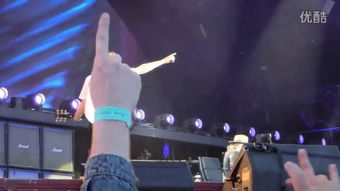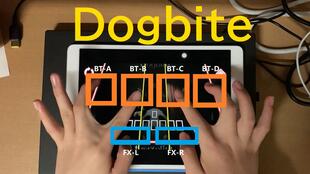
Understanding the Severity of a Dog Bite Puncture Wound
 Dog bites can be a serious matter, especially when they result in puncture wounds. These wounds can range from minor to severe, depending on the depth, size, and location of the bite. It’s crucial to understand the severity of the wound to provide appropriate treatment.
Dog bites can be a serious matter, especially when they result in puncture wounds. These wounds can range from minor to severe, depending on the depth, size, and location of the bite. It’s crucial to understand the severity of the wound to provide appropriate treatment.
To determine the severity of a dog bite puncture wound, consider the following factors:
- Depth of the wound: Puncture wounds can be superficial or deep. A deep puncture wound may require more intensive treatment.
- Size of the wound: Larger wounds may have a higher risk of infection and may require more extensive treatment.
- Location of the wound: Wounds on sensitive areas, such as the face or hands, may require more attention.
- Presence of foreign objects: If there are foreign objects, such as dog teeth, in the wound, they must be removed.
Immediate First Aid for Dog Bite Puncture Wounds
 The first step in treating a dog bite puncture wound is to provide immediate first aid. This can help prevent infection and reduce the risk of complications.
The first step in treating a dog bite puncture wound is to provide immediate first aid. This can help prevent infection and reduce the risk of complications.
Here’s what you should do:
- Wash your hands thoroughly with soap and water before touching the wound.
- Wash the wound with soap and water to remove any dirt or debris.
- Apply an antiseptic solution, such as hydrogen peroxide or iodine, to the wound.
- Cover the wound with a sterile bandage or clean cloth to protect it from further contamination.
Seeking Medical Attention
 In some cases, you may need to seek medical attention for a dog bite puncture wound. This is especially true if the wound is deep, large, or in a sensitive area. Here are some reasons to seek medical attention:
In some cases, you may need to seek medical attention for a dog bite puncture wound. This is especially true if the wound is deep, large, or in a sensitive area. Here are some reasons to seek medical attention:
- Signs of infection, such as redness, swelling, warmth, or pus.
- Difficulty breathing or swallowing, if the wound is on the neck or throat.
- Loss of consciousness or confusion, if the wound is on the head or neck.
- Any signs of nerve damage, such as numbness or tingling.
Treatment Options for Dog Bite Puncture Wounds
The treatment for a dog bite puncture wound depends on the severity of the injury. Here are some common treatment options:
- Antibiotics: Your doctor may prescribe antibiotics to prevent infection.
- Surgery: In some cases, surgery may be necessary to remove foreign objects or repair damaged tissue.
- Physical therapy: If the wound is on a limb, physical therapy may be needed to restore function.
Preventing Infection
Infection is a common complication of dog bite puncture wounds. To prevent infection, follow these guidelines:
- Keep the wound clean and dry.
- Change the bandage regularly.
- Follow your doctor’s instructions for taking antibiotics, if prescribed.
Long-Term Care
Long-term care for a dog bite puncture wound may include:
- Regular follow-up appointments with your doctor to monitor the healing process.
- Physical therapy, if necessary, to restore function.
- Psychological support, if the injury has caused emotional distress.
Table: Common Symptoms of Infection
| Sign | Description |
|---|---|
| Redness | Increased redness around the wound |
| Swelling | Inflammation around the wound |
| Warmth | The wound feels warmer than surrounding skin |
| Pus | A thick, yellowish fluid that may drain from the wound |
| Discharge | A clear or cloudy fluid that may drain from the wound |







